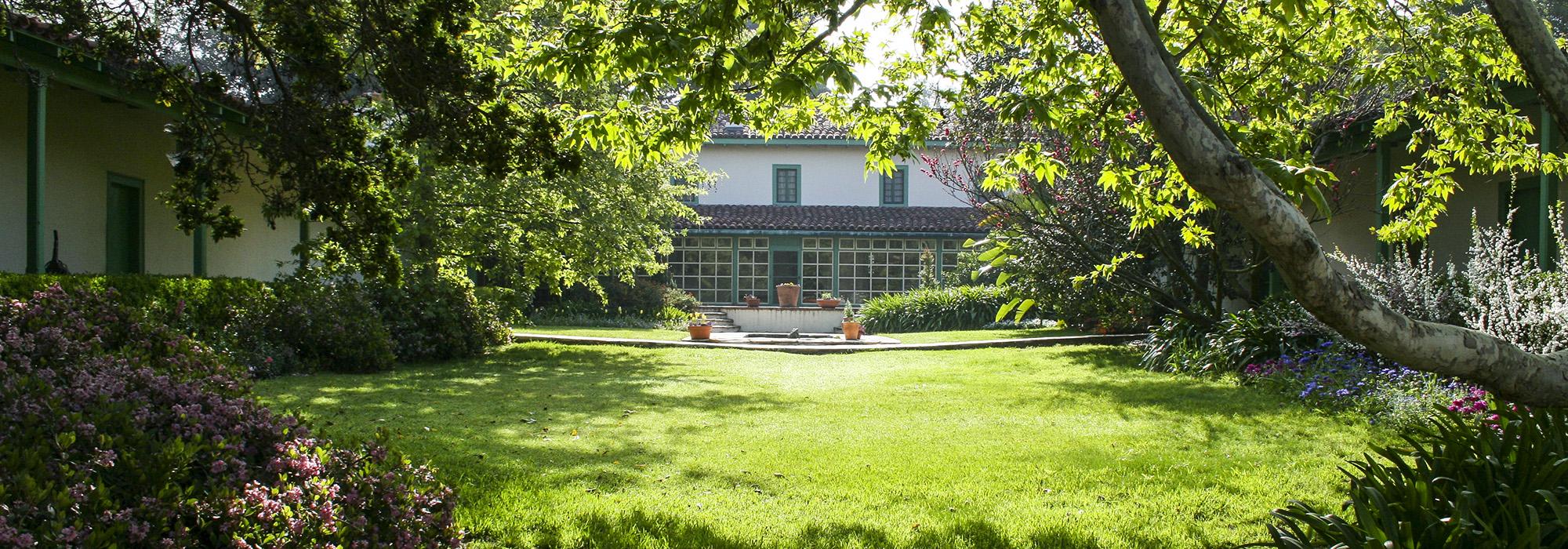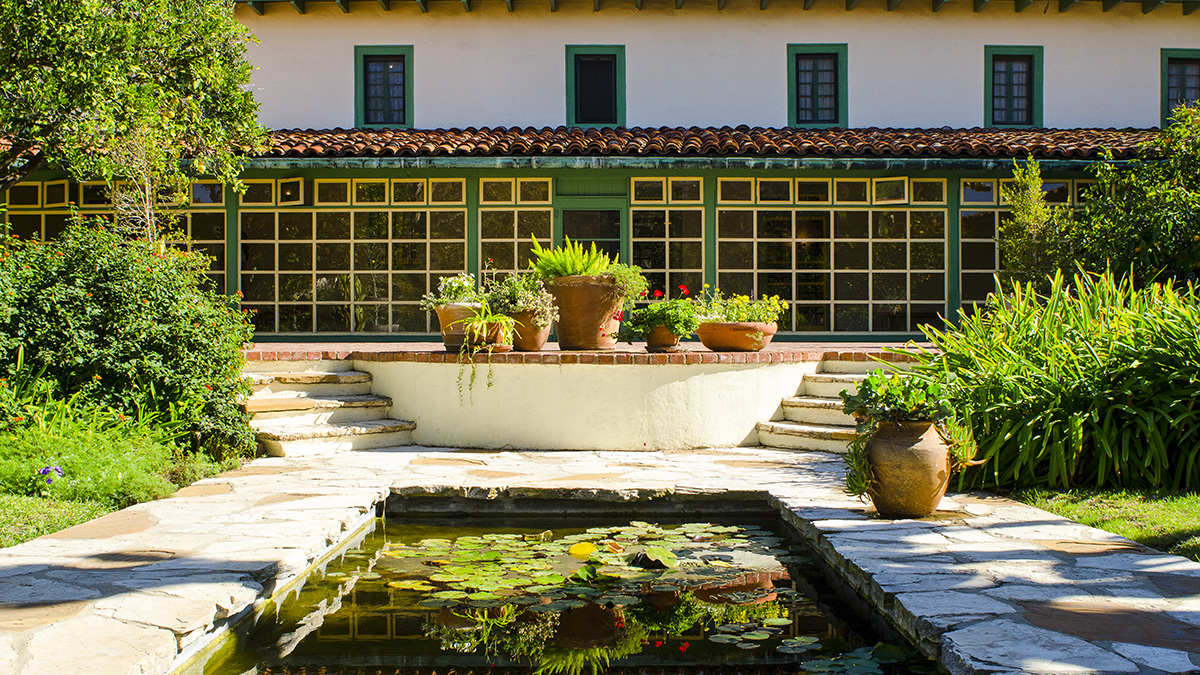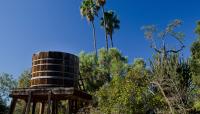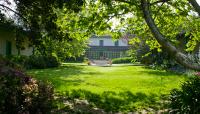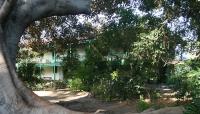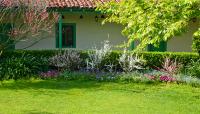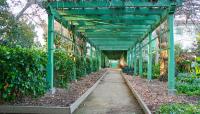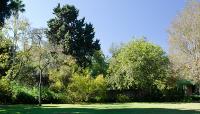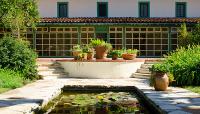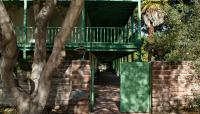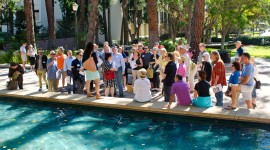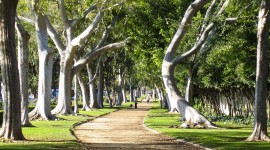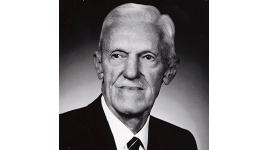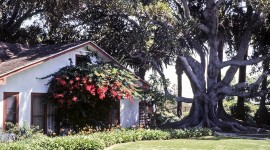Landscape Information
Constructed in 1844 at the heart of John Temple’s 27,000-acre cattle ranch, this adobe house was flanked by a two-acre garden and orchard. Temple imported fruit seeds and black locust from the east, which he added to plantings of local olives, pomegranates, and citrus. Organized into a grid, the irrigated gardens adjacent to the adobe house included a two-story wooden veranda and a courtyard. In the 1860s the ranch was sold to the Bixby family who preserved and maintained Temple’s gardens. In the 1880s the land was slowly subdivided, and by the late 1920s, all that remained was 4.7 acres.
In 1931 Llewellyn Bixby returned to the vastly reduced property and commissioned Ralph Cornell to design gardens, some of which were inspired by the historic landscape. Cornell preserved several of the original trees and a specimen fig planted in the 1880s. Utilizing Mediterranean and subtropical varieties of orange, guava, and avocado, Cornell developed two distinct orchards and lined the curving driveway with natives and exotics.
In 1955 the Bixbys transferred the property to the City of Long Beach to be interpreted as a historic resource. The site was listed on the National Register of Historic Places and designated a National Historic Landmark in 1970. The smaller orchard was replaced by an herb garden in 1987 and the primary orchard was renovated in 2001. A redwood water tower, circa 1870, was rebuilt in 2007 and five years later a visitor center was constructed. Under a public-private partnership with the City, the Rancho Los Cerritos Foundation assumed responsibility for operations in 2014.



